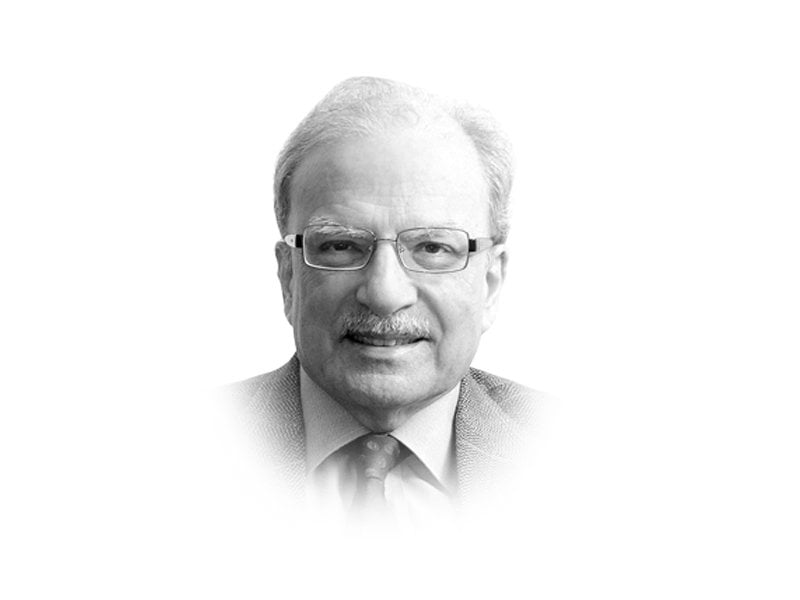
to these two parts of the world. They called them the ‘centre’ and the ‘periphery’. Being from the left, they believed that the centre was taking advantage of the periphery by paying low prices for the produce of the latter. Denmark by location should have been a part of the centre but it took a different path. “Denmark became not a banana republic, but a butter republic. Steamships and steam-powered cream separators allowed Denmark to become a huge exporter of butter to the UK, leading in turn to impressive prosperity on the eve of World War I.” Denmark’s agriculture-based economy didn’t turn out to be a dead end. Instead it became the basis of impressive performance over the long run. It helped that the country came into the globalised world with a well-educated population. The Denmark example and experience shows that a country dependent on agriculture can achieve First World standard. In terms of the infrastructure that supports it, Pakistan has one of the world’s most impressive agriculture sector. It has, for instance, the world’s largest contiguous surface irrigation system with water available around the year to grow the products in high world demand. Instead of producing those, it uses irrigated land to grow low-value crops. I will spend a moment describing agriculture in Pakistan before suggesting what the new government can do with the sector. Currently agriculture in Pakistan accounts for about 21 per cent of the country’s national income and employs 43 per cent of the total workforce. More than three-fourths of women in the workforce are engaged in agriculture, mostly looking after animals. The economic importance of agriculture has declined since the country gained independence 71 years ago. Then its share was 53 per cent of gross income. The country ranks eighth in farm output; is the third-largest producer of chickpeas; the fourthlargest producer of milk, cotton and mangoes; the fifth-largest producer of sugar cane; the sixth- largest producer of kinnow and mandarin oranges; and the seventh-largest producer of wheat. Like Denmark, Pakistan could build its future on developing the livestock sector and aim its output at China. This has become possible because of the large investments Beijing is making in the ChinaPakistan Economic Corridor programme. CPEC will connect Pakistan with China’s west that is seeing a sharp increase in the size of the population. But the land is mostly arid in these areas; it cannot supply the food the increasing population needs. Much of that could come from Pakistan, travelling over the network of roads being built under CPEC. Pakistan’s national animal herd is made up of 24.2 million cattle, 26.3 million buffaloes, 24.9 million sheep, 56.7 million goats and 0.8 million camels. There are 530 million chickens in the country. This is a tremendous resource that can be used for changing the structure of the economy. I would urge the new policymakers to develop a 10-year programme aimed at developing the country’s agricultural system into a major supplier of food to western China.
Published in The Express Tribune, August 13th, 2018.
Like Opinion & Editorial on Facebook, follow @ETOpEd on Twitter to receive all updates on all our daily pieces.













COMMENTS (6)
Comments are moderated and generally will be posted if they are on-topic and not abusive.
For more information, please see our Comments FAQ